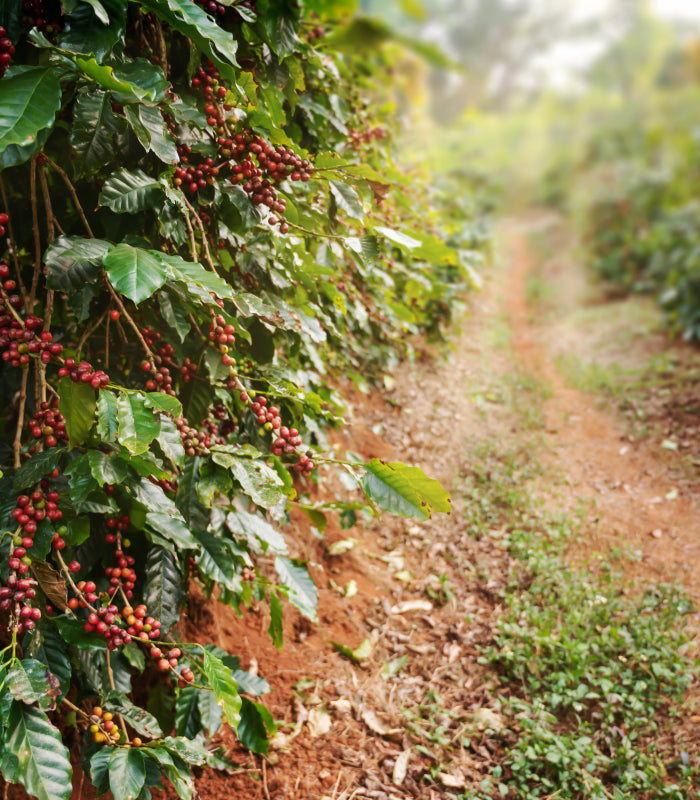Description
Description
Origin
Origin
Brew Advice
Brew Advice

easy care
Stands up to play time, craft
hour, and "Mom, I want to help."

4 way stretch
Send them to recess
without worry.

FAST DELIVERY
Trusted by parents all
over the country.
roasting
Espresso Roasting
Our espresso roasts are usually roasted darker and slower than our filter or omni roasts. However, this does not always apply to lighter variants, which are roasted more slowly but not necessarily darker. This method breaks down more acids and gives the coffee a fuller body . Although the crema is not a direct quality indicator, lighter roasts are characterized by a lighter and thinner crema that contains natural bitter substances. Ideal for portafilters, stovetop coffee pots and sometimes also for fully automatic machines.
Medium roast
Our medium roast, roasted for 9 to 11 minutes , offers a balanced blend of light roasted aromas and a prominent balance of body and sweetness . This roast is suitable for medium espresso and is also well suited to fully automatic machines.

processing
Washed Process
In the so-called washed process (or wet processing), the coffee cherries are thoroughly washed after harvest and sorted by size using various sorting channels . Larger and heavier beans are considered to be of higher quality . The pulp is removed and the beans are fermented in water tanks. After fermentation, the remaining layer of mucilage is completely washed off . The coffee beans (the kernels of the coffee cherries) are then dried in the sun on so-called African Beds . Some farms also use special greenhouses that function like greenhouses and protect the beans from the weather. The process ends with a final finishing in the dry mill , where the beans are usually graded .

Cultivation land
Coffee cultivation Colombia
Colombia, a country with ideal climate conditions for growing coffee, produces coffees that can cover almost every taste preference . From sweet and mild to rich and acidic profiles , Colombia offers an impressive variety of varieties and processing methods. This makes the country one of the most exciting and diverse coffee producers in the world and therefore one of our absolute favorite coffee countries .

Coffee specialties
Decaf: Decaffeination methods
Sugarcane EA Method:
This environmentally friendly method uses ethyl acetate , a naturally occurring substance derived from sugar cane. The coffee beans are first treated with steam to open the pores, then ethyl acetate is applied to extract the caffeine. This method is known for its ability to preserve the coffee's characteristic taste and aroma .

Types of coffee
Arabica
Arabica is the most widely consumed type of coffee in the world and is generally considered to be of higher quality compared to Robusta. Arabica coffee is characterized by a delicate flavor profile that can range from fruity to chocolatey-nutty flavors. This diversity is partly due to the variety, the country of cultivation, the soil and especially the altitude. Arabica is grown at higher altitudes, typically above 1000 meters , where the slower growing conditions encourage the development of richer and more complex flavors. However, Arabica is also more susceptible to pests and fungal diseases such as coffee rust. More recently, Arabica-Robusta hybrids have also been developed to combine the robustness of Robusta with the delicate flavor characteristics of Arabica.





